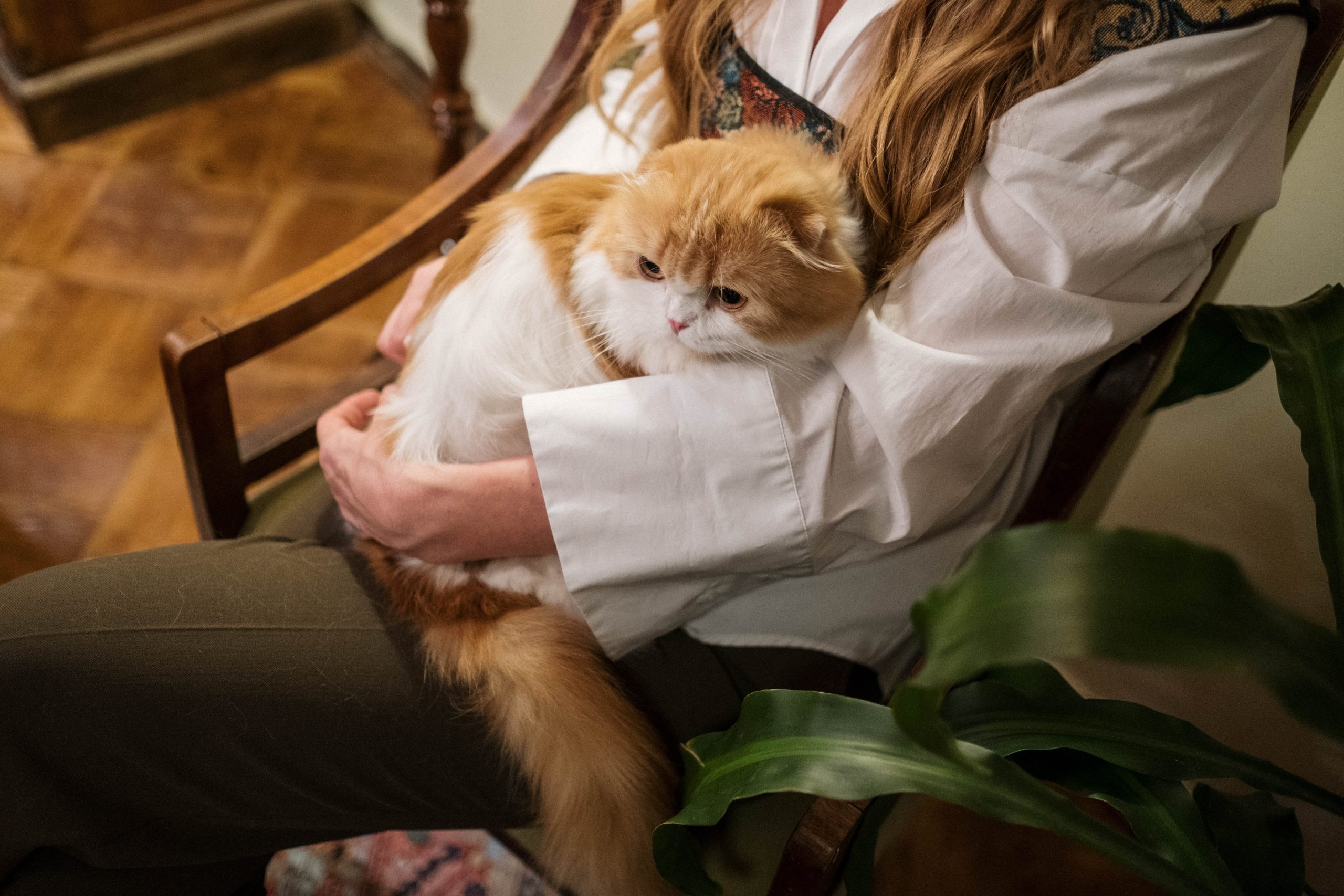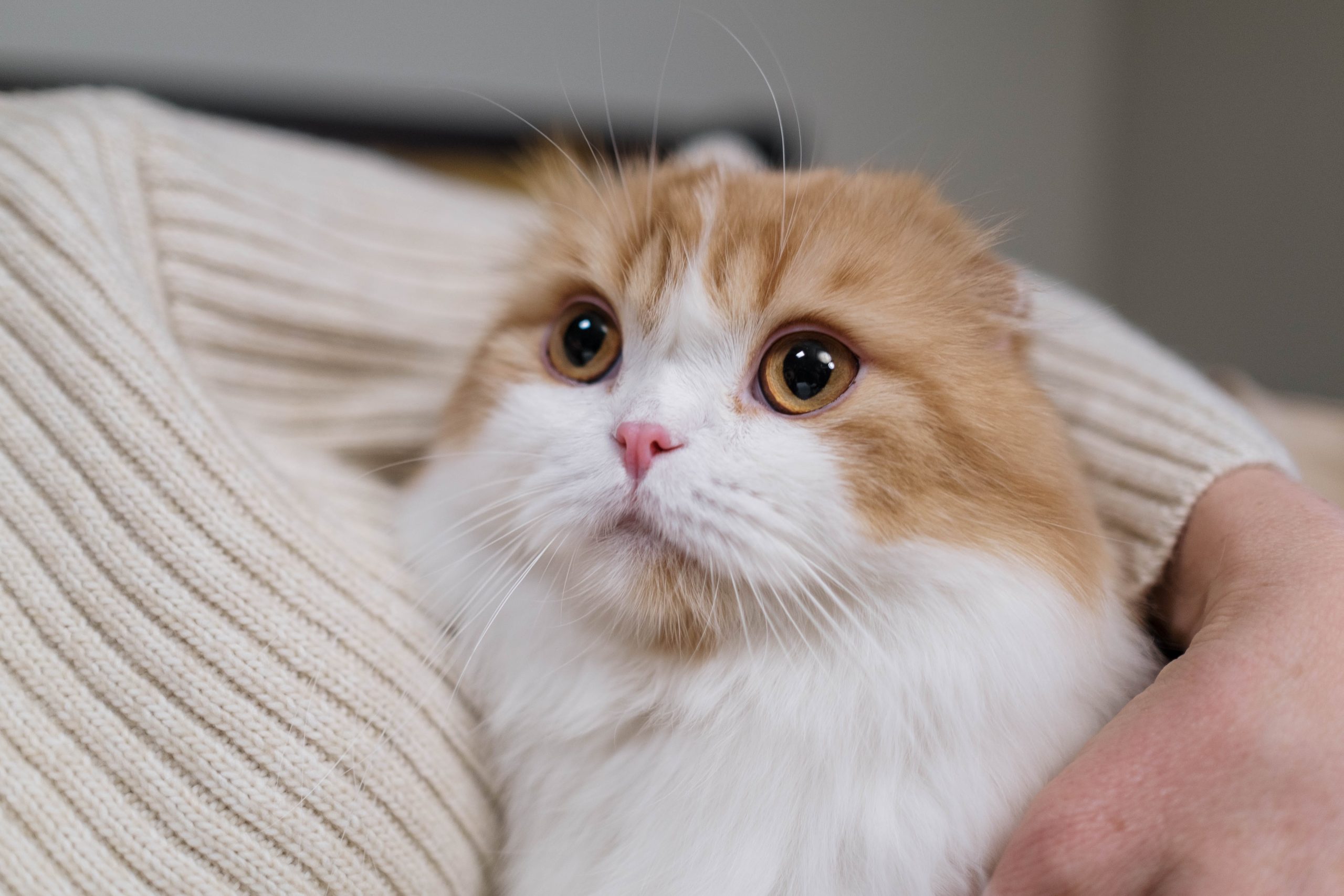Cats rubbing against people is a behavior that fascinates and delights many pet owners, but its implications go far beyond a simple display of affection. This complex behavior, bunting, serves multiple purposes in feline communication, including scent marking, social bonding, and expressing comfort and security. By rubbing their heads, cheeks, or bodies against humans, cats engage in a multifaceted interaction that reflects their trust, claims territory, and reinforces social bonds. Understanding why cats rub against people requires a deeper dive into their behavioral patterns, instincts, and how they interact with their environment and the humans in it. This exploration reveals how cats communicate their needs, emotions, and social affiliations, offering insights into their unique world and strengthening the bond between cats and their human companions.

Scent Marking
When cats rub against people, one of the primary behaviors they display is scent marking. Cats have scent glands in various parts of their bodies, including their cheeks, forehead, and tails. By rubbing these parts against humans, cats are depositing their scent, which marks their territory and signals their presence to other cats. This behavior is not just about claiming ownership; it’s a way for cats to make their environment feel more familiar and secure. Scent marking is a form of communication within the feline world, indicating that the cat feels comfortable in their space and with the people in it. This behavior reinforces the bond between the cat and its human, marking the person as a safe and trusted part of the cat’s territory.
Social Bonding
Rubbing against people also plays a crucial role in social bonding. For cats, physical contact is a significant form of social interaction used to establish and maintain connections with those they trust and feel comfortable with. When a cat rubs against you, it signifies affection and acceptance, indicating that they consider you part of their social group. This behavior is akin to feline grooming, where cats lick each other as a form of care and bonding. By initiating this contact, cats express their trust and comfort with their human companions, further solidifying their emotional connection.
Seeking Attention and Affection
Another reason cats rub against people is to seek attention and affection. Cats are often perceived as solitary animals but require social interaction and stimulation like any other pet. Rubbing against their humans is a way for cats to initiate interaction, showing that they desire petting, playing, or simply some quality time together. This behavior clearly indicates a cat’s affection for their human, demonstrating that they not only enjoy but also seek out their company. Understanding this need can help cat owners better respond to their pets’ requests for attention, strengthening the bond between them.
Comfort and Security
Cats rubbing against their humans is also a sign of comfort and security. This behavior indicates that the cat feels safe and protected in their human presence, reinforcing the idea of the human as part of their safe space. It’s a sign that the cat has a strong bond with their human and sees them as a source of comfort and reassurance. In moments of stress or uncertainty, a cat may rub against their human to seek comfort and to reassure themselves of their safe and secure environment.
Cats rubbing against people is a behavior rich in meaning, encompassing scent marking, social bonding, seeking attention, and expressing comfort and security. Far from being a simple display of affection, it’s a complex form of communication that serves multiple purposes in a cat’s life. Understanding these behaviors can enhance the relationship between cats and their humans, providing insights into their needs, emotions, and how they express their social bonds. Recognizing and responding to these behaviors not only meets the cat’s needs but also deepens the mutual affection and trust, creating a more harmonious and fulfilling companionship.

